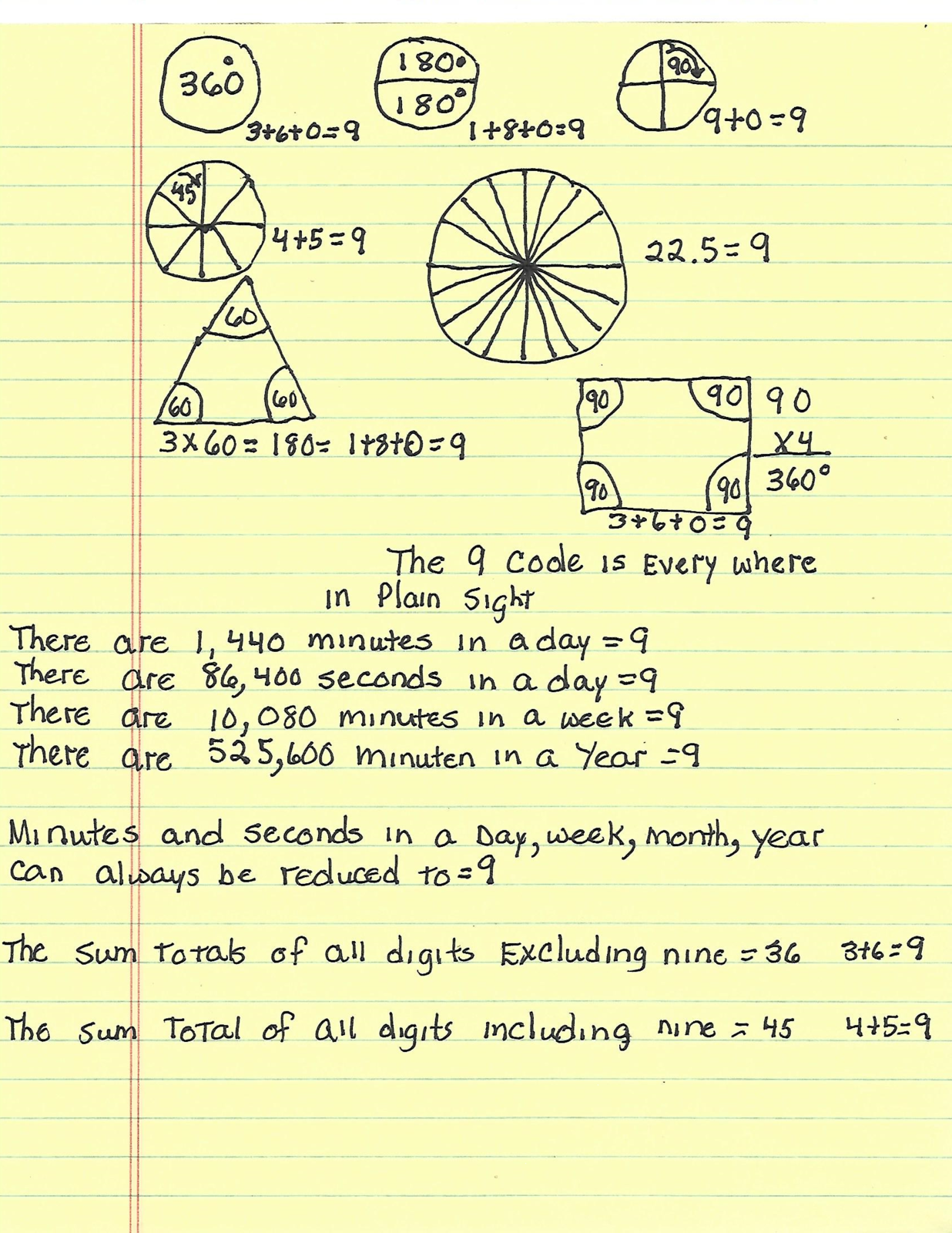Egyptian Numerology: the Pythagorean Triangle and Its Esoteric Meaning
It is not always easy to fully grasp the wonder and the depth of Pythagoras’s insights and accomplishments with the scarce information that we actually have about his school in the south of Italy and his esoteric teachings. We can, however, explore the inspirations of one of his most famous theorems which still bears his name today, concerning the triangle and its many ramifications. Most Western mathematical development and architecture derived from Pythagoras’s capacity for a deep understanding of the wisdom of even more ancient cultures. Pythagoras, who traveled extensively and dedicated his life to learning the arts and sciences of ancient traditions, was able to synthesize all of this learning into practical aspects of harmony, mathematics, and the art of living.
According to his disciple and follower, Plato, the circle and the interaction of two circles, where the center of each circle lies on the circumference of the other (the so-called Vesica Piscis), became the core of all solids. Following this train of thought, Geometry becomes Music, and Music becomes Cosmic Harmony and the Music of the Spheres.
As part of this esoteric teaching, the ancient Egyptian right triangle, having a primarily mystical meaning, became the foundation of mathematical calculations and construction. Here we will consider the history and transformation of the famous Pythagorean Triangle and the mathematical and symbolic importance of the relationships between the numbers 3, 4, and 5, from the viewpoint of modern scholarship, which is deeply imbued with the primordial tradition.
Egyptian Numerology The Egyptians believed in the importance of numbers.1 Perhaps the foremost proponent of this reality was the leading student of symbolist Egypt, Réné Schwaller de Lubicz (1887-1961) from Alsace-Lorraine, France: “Schwaller de Lubicz’s second thesis is mathematical. Both the deliberate use of harmonic proportions in art and architecture and the numerical basis underlying Egyptian myth compelled him to a detailed reconsideration of Pythagoreanism, and to the construction of a system of thought consonant with the masterpieces of Egypt— with the fact of an empire that lasted four thousand years. “‘Number is All’, declared the Pythagoreans. What is today called Pythagorean

Tarhaka and Dr.Walter Williams Who is this Man called God?
Watch the video now click https://youtu.be/gN86tMxVCmU
My new website is visible now subscribe and get my free report.
http://www.tarhakadebtelimination.org
